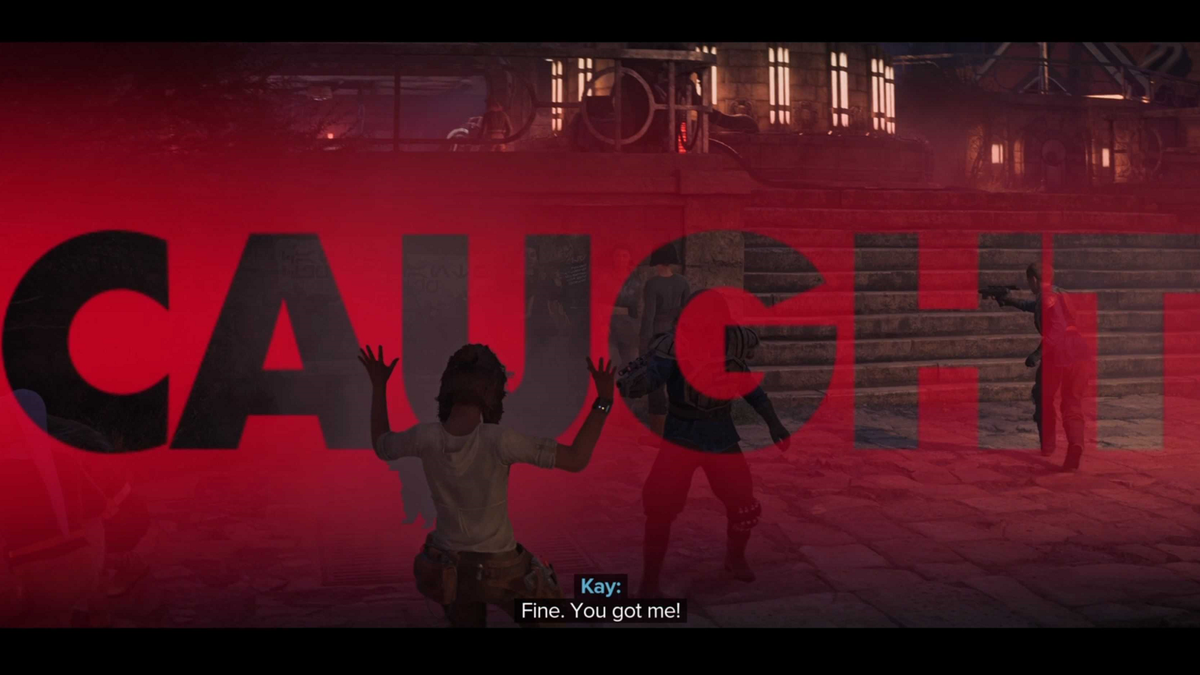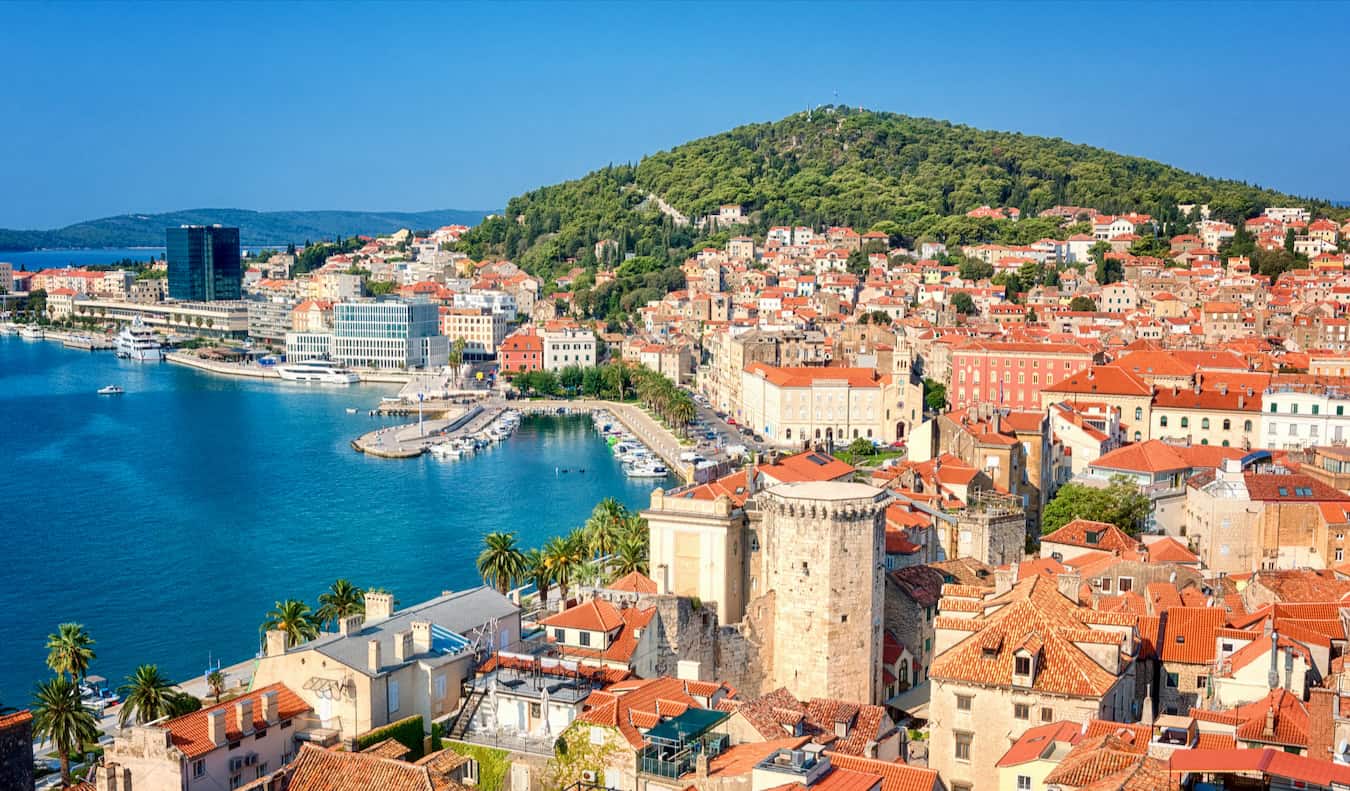
Posted: 5/13/2024 | May 13th, 2024
Croatia has been a bustling tourist hot spot for six or seven years now. Shaped like a boomerang and bordering Bosnia, Montenegro, Serbia, and Slovenia, this small country of four million people punches well above its weight. You can spend time relaxing on the sunny Adriatic Sea, hop between hundreds of rugged and remote islands, feast on Italian-esque cuisine, or travel inland and visit stunning waterfalls and lush national parks.
While there is a lot to see and do here, most travelers confine their visit to Dubrovnik or Split. And sure, those are cool cities. But Croatia has much more to offer.
But when you only have a week and you want the sun, I understand why you’d want to focus on that part of Croatia. (Pro tip: Like a lot of Southern Europe, it’s best to avoid Croatia during the warm-weather summer months. In addition to the high temperatures and high prices, you’re going to be sharing the country with an army of tourists. If you go in winter, the weather is cooler and the prices are much gentler, but many tourist towns, such as Dubrovnik, practically shut down from late October until mid-April. Your best bet is April-May and early September until early November. Crowds will be smaller and prices won’t be through the roof.)
So, to help you plan your trip, I’ve created this ideal seven-day itinerary for southern Croatia. It covers the highlights while also getting you off the beaten path. You’ll see cities, beaches, villages, and have plenty of time to soak up the local pace of life.
Days 1 & 2: Dubrovnik
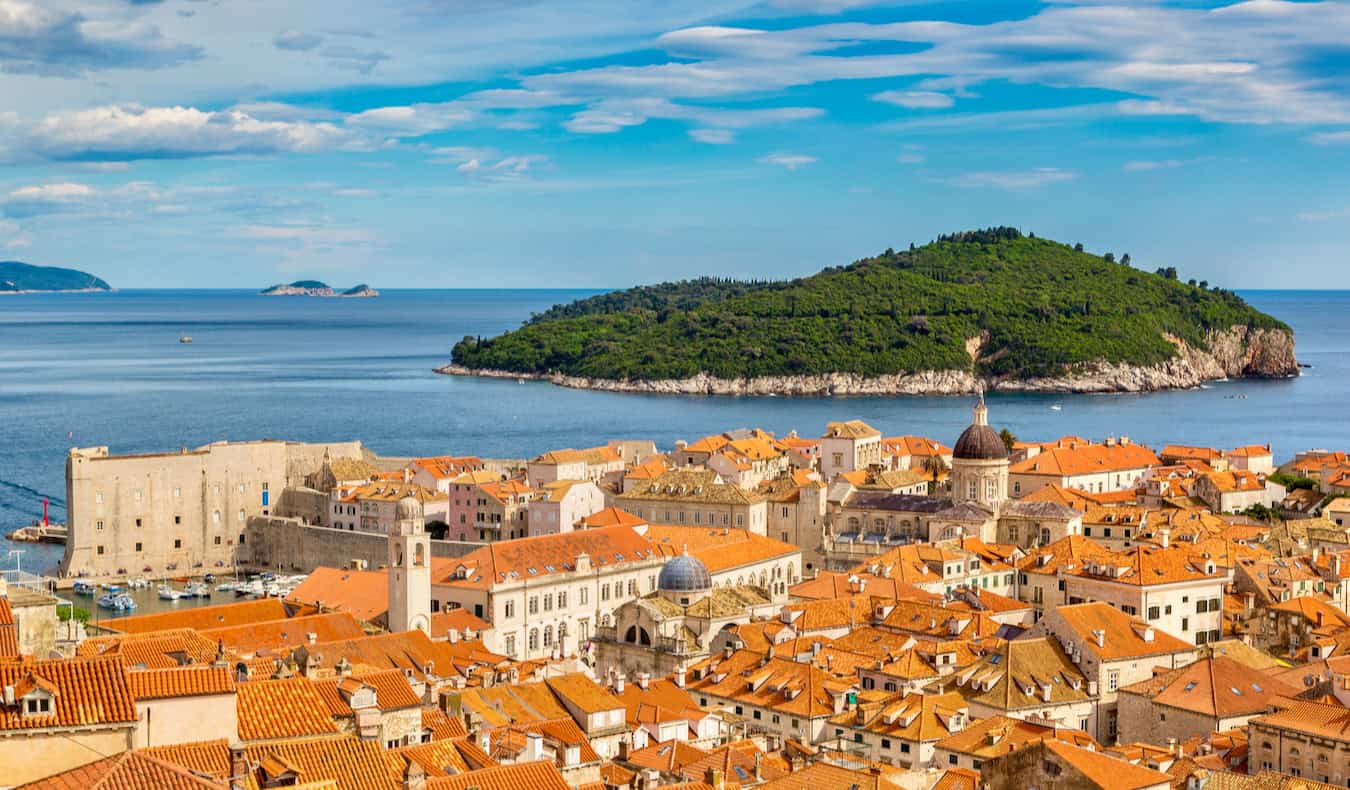

Dubrovnik is a seaside town of just 40,000 people, but based on its popularity, you’d think it was much bigger. It’s the most popular destination in the country, thanks to its medieval walled Old Town, or Stari Grad, which can get packed with tourists, especially during the peak summer season.
While most of Croatia is affordable, Dubrovnik is no longer cheap. A lot of cruises stop here now and prices have skyrocketed in recent years. That said, there are a few things here that are worth forking out outrageous fees for:
Walk the Old Town Walls
Walking the medieval walls is a must if it’s your first time visiting. The entrance fee isn’t cheap at 35 EUR, but the stroll offers incredible views of the Old Town and the sparkling Adriatic Sea. It’s 60-90 minutes of awe and totally worth the price tag.
Summit Mr. Srd
Take the cable car up to the top of Mt. Srd. It towers over the Old Town, and while it costs 27 EUR, once you take the ride and see the view you’ll realize it was well worth the cost. If you’re on a budget, you can also hike to the top. There’s a dirt trail that will take you to peak, but it’s a challenging hike. Give yourself about an hour each way. Once at the top, you can take a seat at the restaurant and nurse an overpriced beverage while taking in the jaw-dropping view.
Visit the War Photo Ltd. Museum
There are not a lot of great museums in Dubrovnik, but make sure you visit War Photo Ltd., a gallery started by New Zealand-born Wade Goddard, a former war photographer. The permanent exhibition on the Balkan wars of the 1990s will help you get a better understanding of what went on here 30 years ago. It’s sobering, but eye-opening. Admission is 10 EUR.
Explore Gruž
If you want to escape the tourist crowds, especially when there’s a cruise ship in port, head to Gruž, a once-gritty neighborhood on the marina that now boasts several great restaurants and cafés. It’s also home to Dubrovnik Beer Company, the city’s first and only brewery. The cavernous taproom is a lovely place to sip a local beer after a day of exploring.
When you get hungry in Gruž, check out Kiosk, an outdoor casual spot that serves up Dalmatian Coast fare with some global twists. Or for something truly memorable and very Dalmatian, book a spot at Marija’s House, where chef Marija Papak opens her home to visitors during the warm-weather months and cooks up a nightly feast of peka cuisine — lamb, pork, and/or octopus slow-cooked under a bell-like lid on the grill that renders the meat impossibly tender and delicious.
Day 3: Split
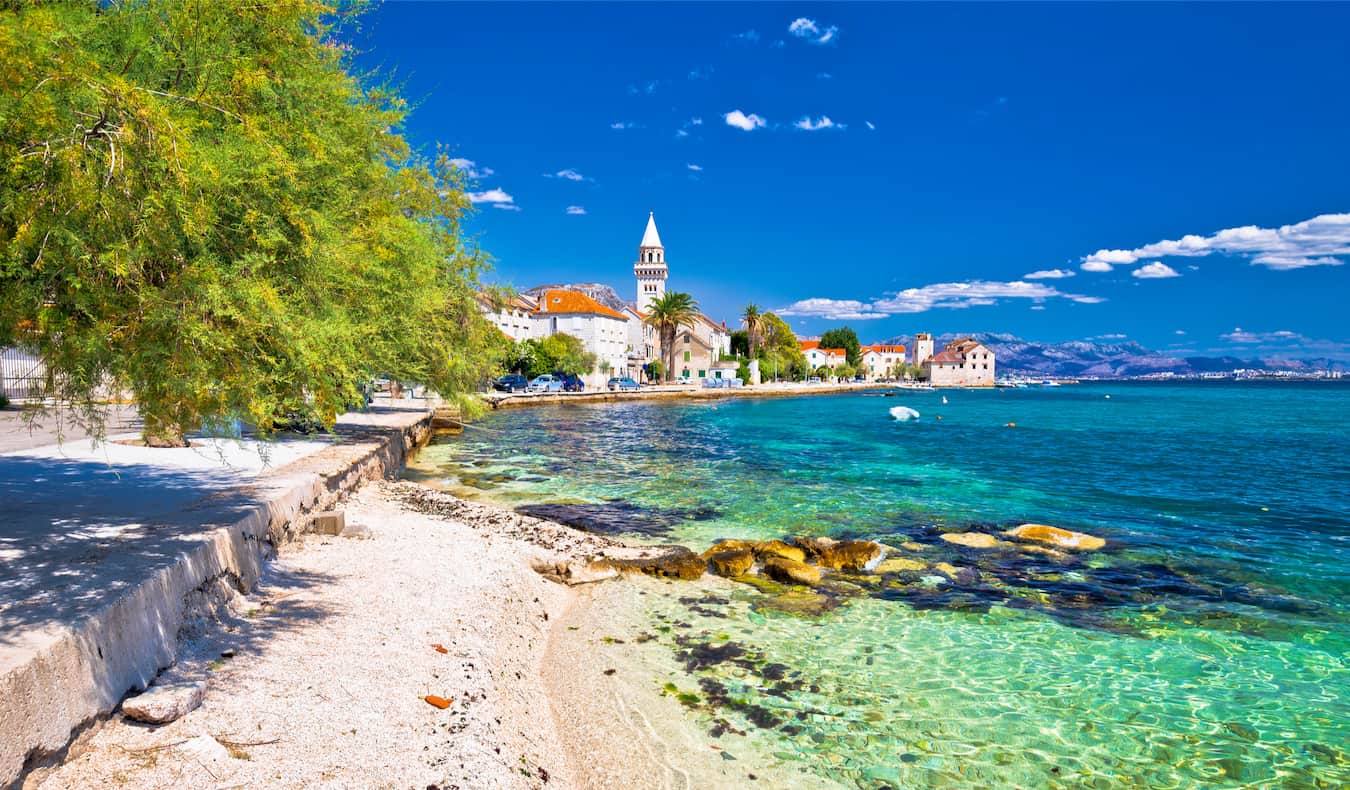

About 240 kilometers (150 miles) up the coast is Split, Croatia’s second largest city. This beautiful city was relatively ignored by tourists until recently. But there are a few good reasons to spend at least one day and night here.
The chief attraction in Split is impossible to miss. When Roman Emperor Diocletian decided to retire to the area where he grew up — the central Dalmatian Coast — he had a massive, lavish palace built right on the beach. He died a few years after he moved in, and what happened next is quite interesting: over the centuries, as the palace began to crumble and become a ruin, the city basically moved in and made it part of the fabric of the town.
Today, you can stroll around the center of Split and suddenly realize you’re actually inside the palace. What was once a hallway, for example, is now a narrow, limestone-clad lane. What might have been a bedroom is now a seafood restaurant.
Much of the palace is free to walk around in. If you want an in-depth look at it, though, there are plenty of guided tours.
And while you’re in Split, also don’t miss St. Duje’s Cathedral, Klis Fortress (featured in Game of Thrones), and the Museum of Croatian Archaeological Monuments (home to some 20,000 relics and artifacts).
The other main reason why Split should be on your itinerary is that it’s the main transportation hub for ferries to various islands in central Dalmatia. After spending an evening in town, hop on a morning ferry to Hvar, one of Croatia’s coolest islands, a pleasant one hour and forty-five minutes. If you want to get there more quickly, there’s also a catamaran.
Day 4: Hvar
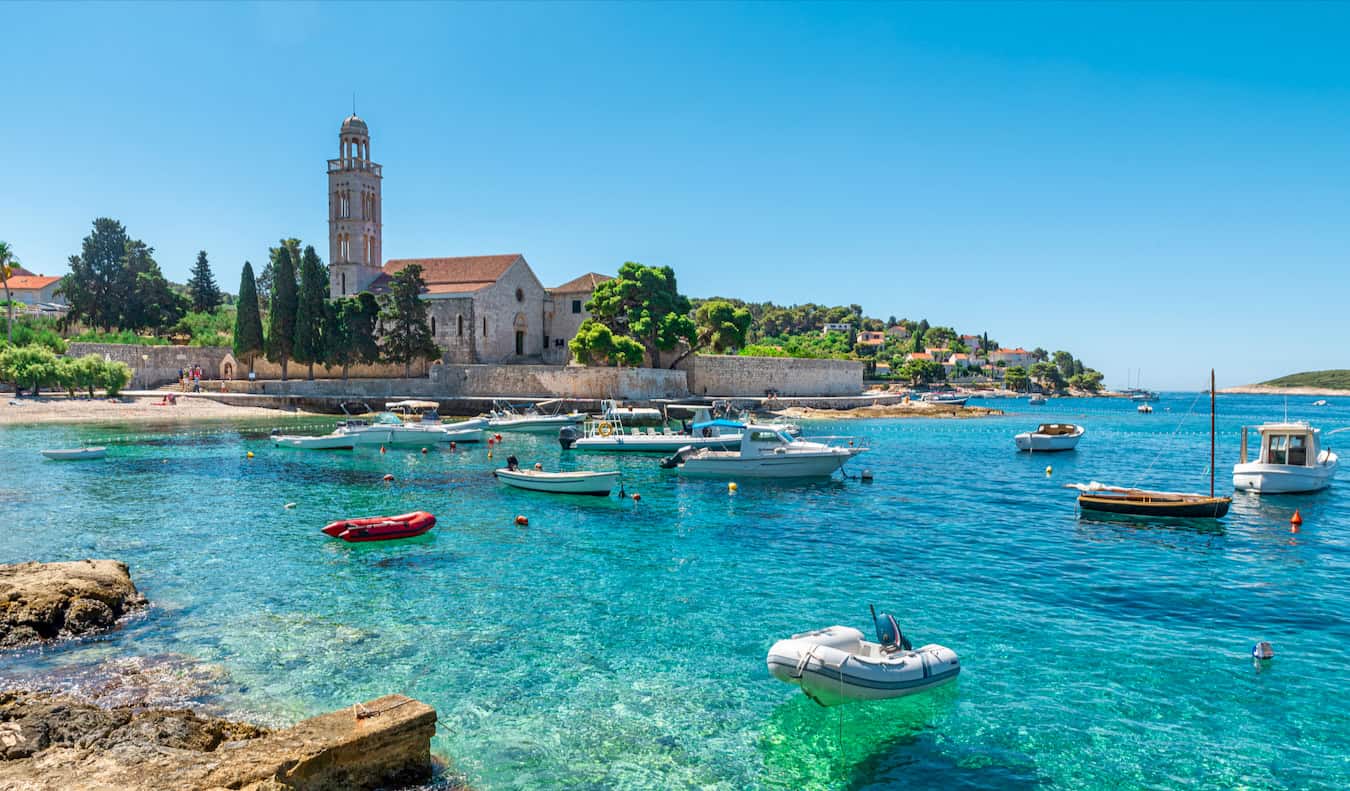

The island of Hvar, known for its lavender production, is a fun place to spend a day. The eponymous Hvar Town is the main attraction for most people. Crammed with centuries-old houses and narrow alleyways, it’s an interesting place to get lost for a while.
It also has attracted a wild party scene. All the boat tours stop here for their passengers to get wasted and go clubbing at the world-famous Carpe Diem so keep in mind this island has a party scene – but there’s a lot more to the island!
For somewhere more laid-back, check out Stari Grad, literally “Old Town,” located on the opposite side of the island from Hvar Town. Recently added to the UNESCO World Heritage list, it boasts a warren of narrow, stone-blanketed lanes. Be sure to also take a hike through the island’s many olive groves and lavender fields.
If you don’t have your own vehicle, there’s a wine and olive oil tasting tour to this side of the island (you’ll make a stop at the lavender fields too).
Days 5 & 6: Sibenik and Krka National Park
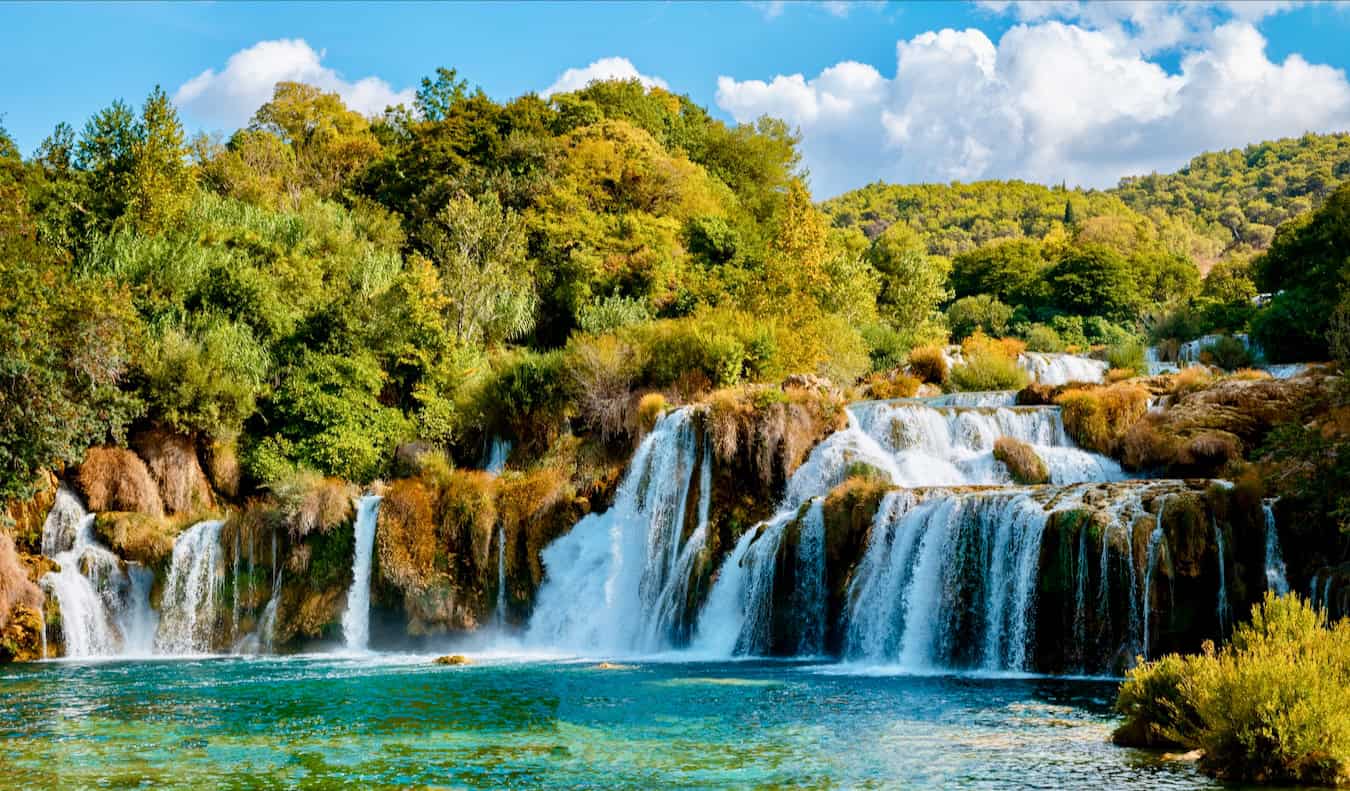

About halfway up the coast between Split and Zadar is oft-overlooked Šibenik (pronounced “Shee-ben-eek”), a medieval town of about 35,000 people that is worth spending a couple of days in. For starters, the St. James cathedral is a marvel to look at; it’s the world’s largest church made entirely of stone. The fortress-topped town also boasts of a maze of limestone-topped alleyways. If you feel like a splurge, Šibenik is home to Pelegrini, a Michelin-starred restaurant that serves up creative takes on Central Dalmatian fare.
Šibenik is also the gateway for exploring nearby Krka National Park and its stunning waterfalls. Make sure you also get there early to beat the tourist buses to see 14th-century Visovac Monastery in the middle of an island on the Krka River. Park admission ranges from 7 EUR in the low season (January-February) all the way up to a staggering 40 EUR during peak season (June-September).
Day 7: Zadar
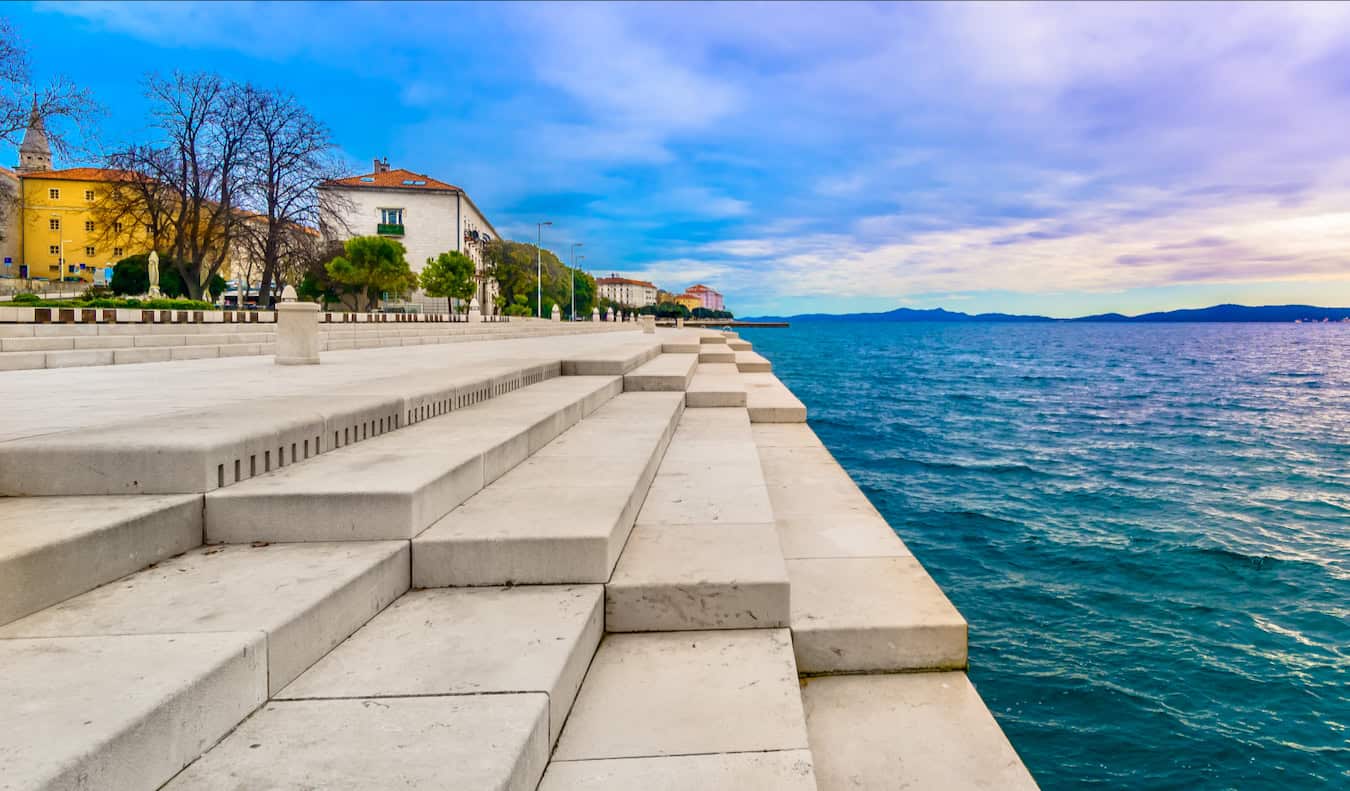

Just one hour by car from Šibenik, Zadar has been getting a lot of attention in the last few years. Its limestone-blanketed historic center juts out into the Adriatic and is crammed with medieval churches (check out the oddly circular church of St. Donatus, the largest church on the Dalmatian Coast).
The city also has a unique sea organ. Located on a set of steps that descend into the sea, the organ makes sounds as the waves crash through it, creating a strange but harmonious sound that sounds like whale calls. The organ consists of 35 tubes and was designed by architect Nikola Basic. Come here at sunset to soak in the picturesque views and listen to the captivating sounds of the sea. After all, Alfred Hitchcock said Zadar has the most beautiful sunset in the world, making this a fitting destination to end your week-long trip along the coast.
With over a thousand islands, numerous beaches, and countless hiking trails, you could easily spend months exploring Croatia and still only scratch the surface. But, if you only have a week, this itinerary will show you the highlights while whetting your appetite for future visits. While it’s not quite as cheap as it used to be, the country offers lots of value and is super easy to explore.
Get Your In-Depth Budget Guide to Europe!
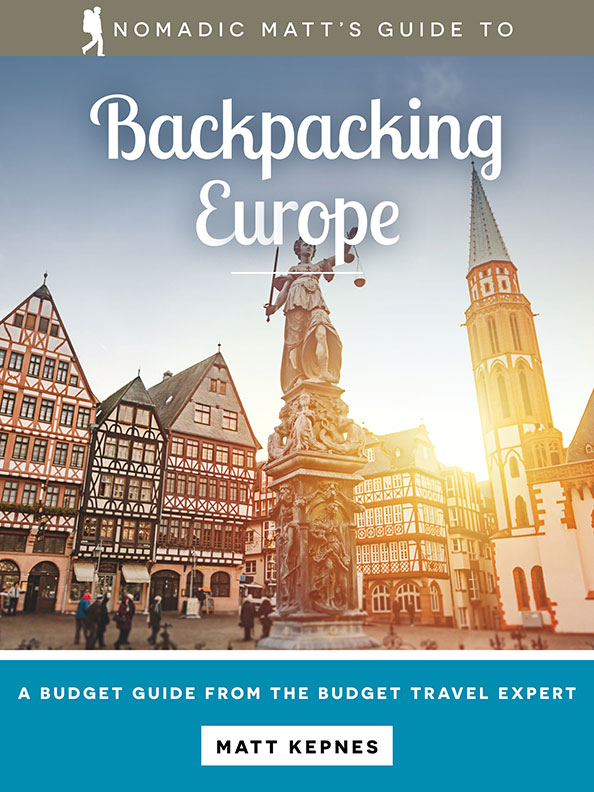

My detailed 200+ page guidebook is made for budget travelers like you! It cuts out the fluff found in other guides and gets straight to the practical information you need to travel while in Europe. It has suggested itineraries, budgets, ways to save money, on and off the beaten path things to see and do, non-touristy restaurants, markets, bars, safety tips, and much more! Click here to learn more and get your copy today.
Book Your Trip to Croatia: Logistical Tips and Tricks
Book Your Flight
Use Skyscanner to find a cheap flight. They are my favorite search engine because they search websites and airlines around the globe so you always know no stone is left unturned!
Book Your Accommodation
You can book your hostel with Hostelworld as they have the biggest inventory and best deals. If you want to stay somewhere other than a hostel, use Booking.com as they consistently return the cheapest rates for guesthouses and cheap hotels.
Don’t Forget Travel Insurance
Travel insurance will protect you against illness, injury, theft, and cancellations. It’s comprehensive protection in case anything goes wrong. I never go on a trip without it as I’ve had to use it many times in the past. My favorite companies that offer the best service and value are:
Looking for the Best Companies to Save Money With?
Check out my resource page for the best companies to use when you travel. I list all the ones I use to save money when I’m on the road. They will save you money when you travel too.
Want More Information on Croatia?
Be sure to visit our robust destination guide on Croatia for even more planning tips!




